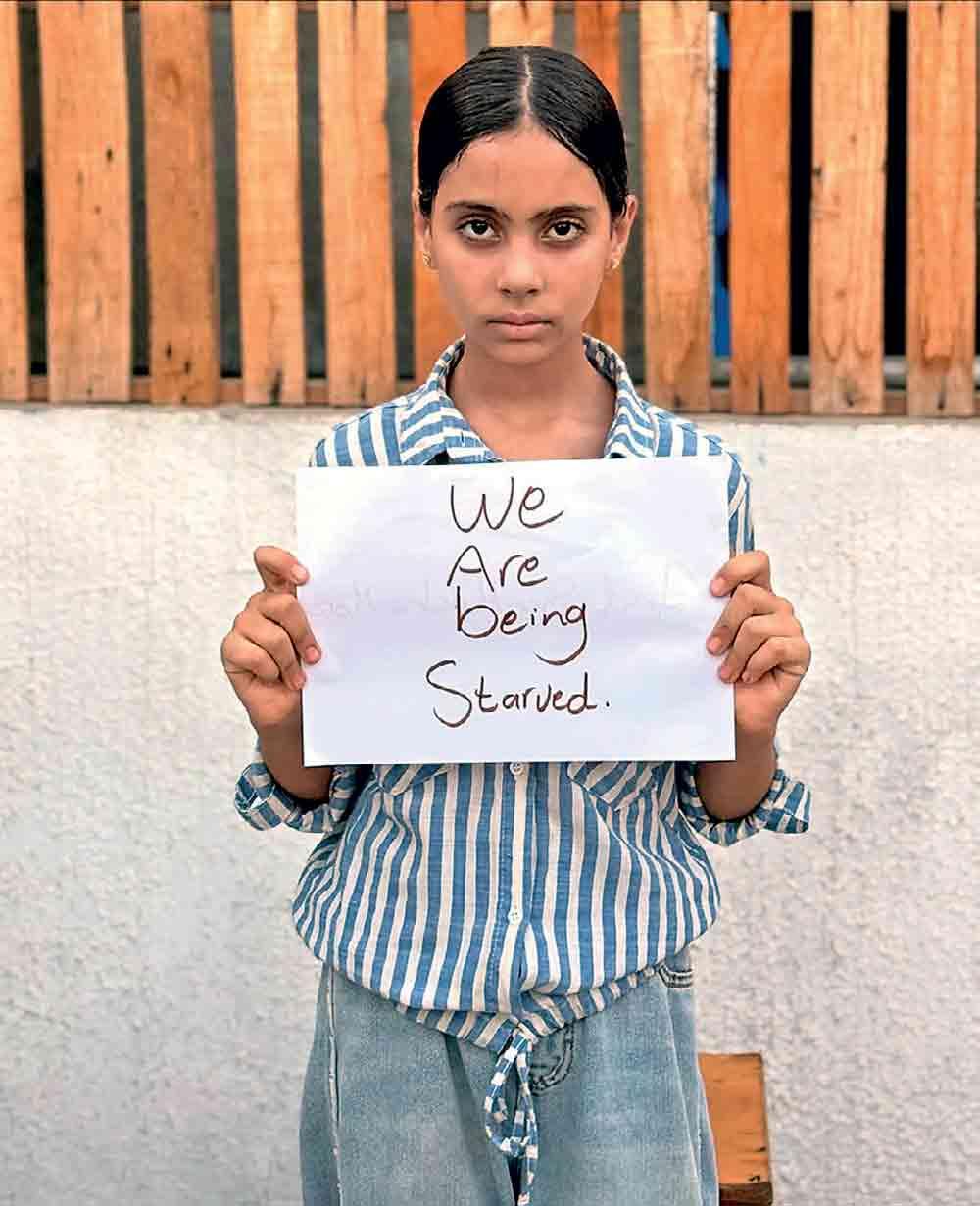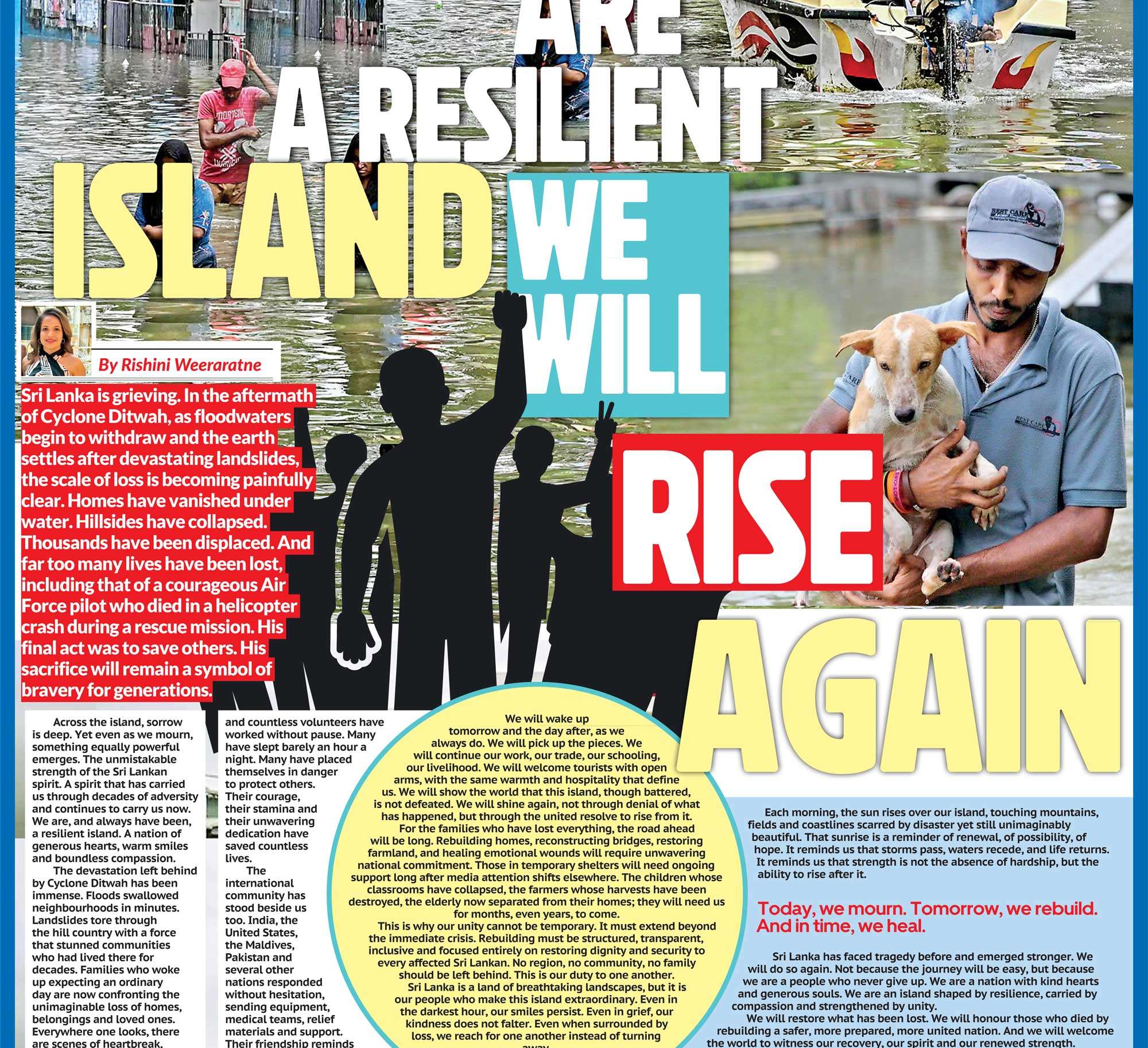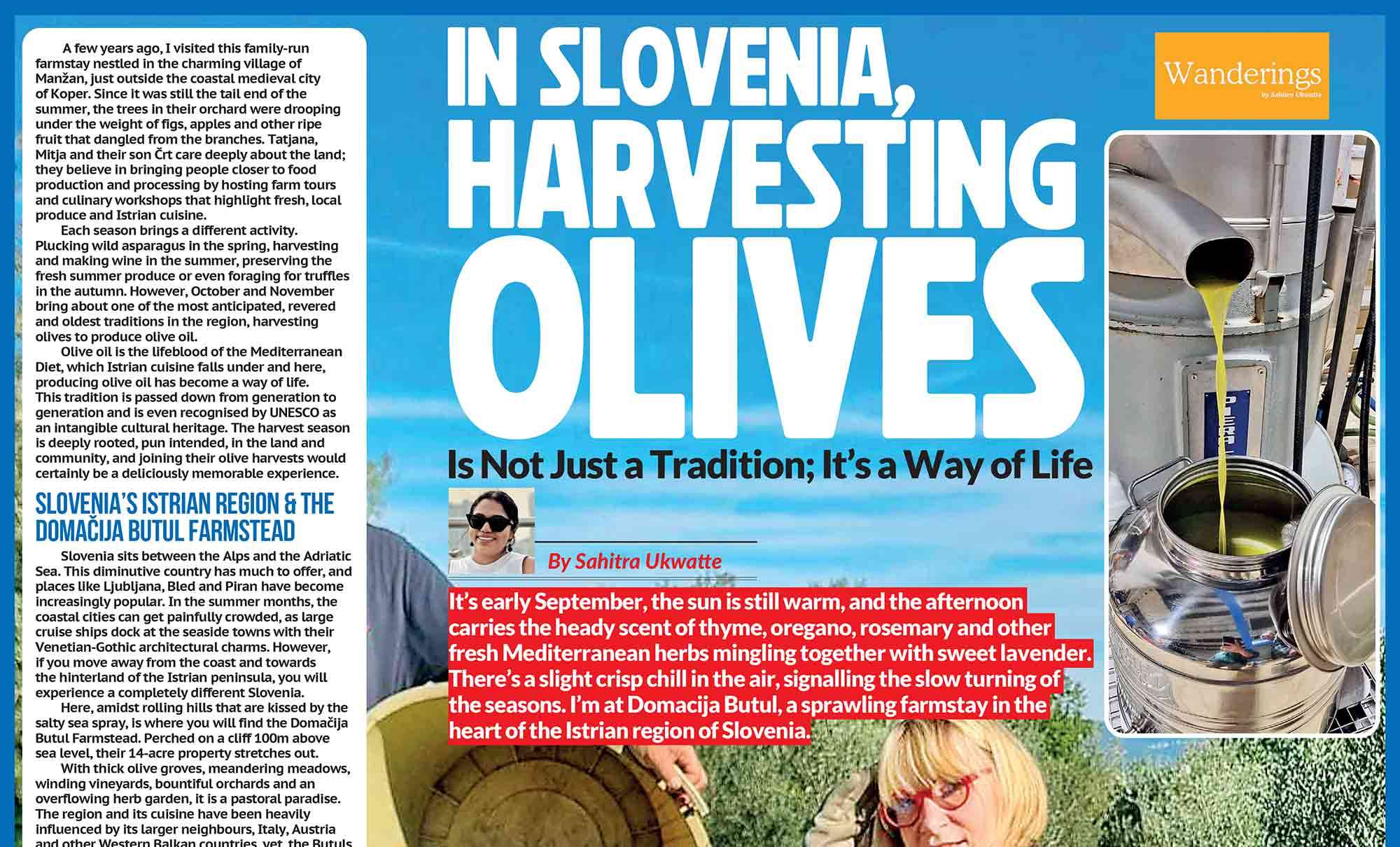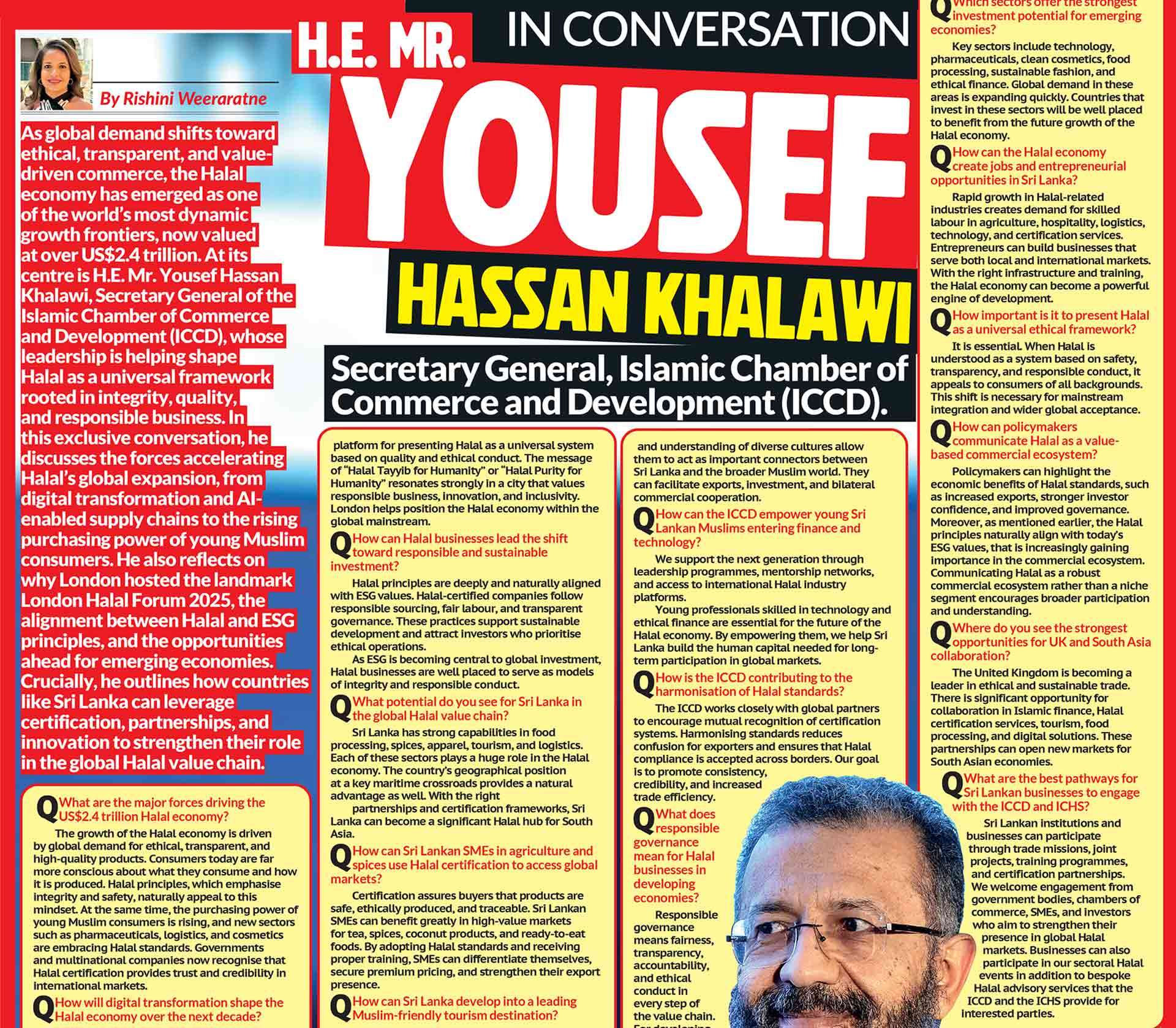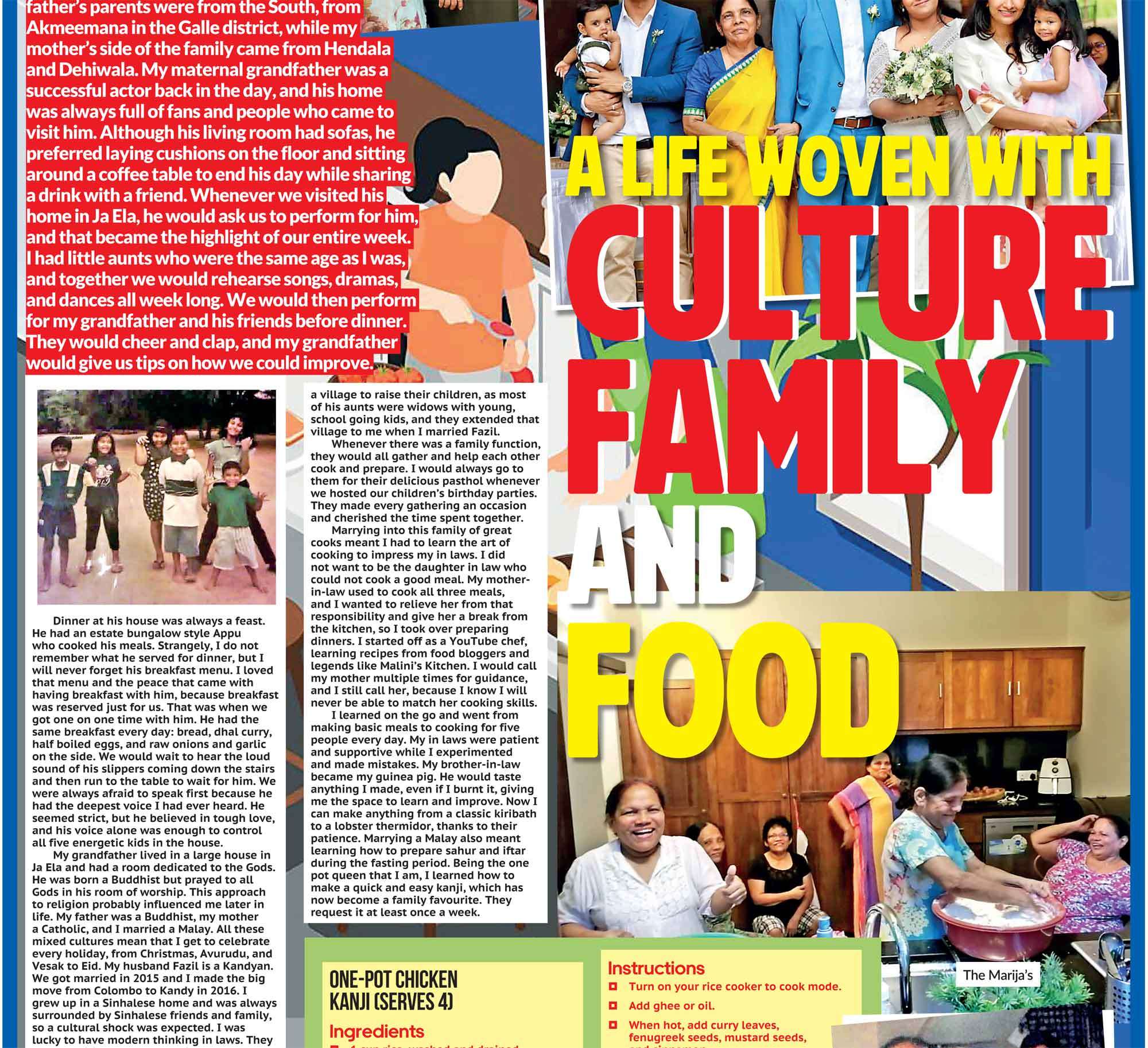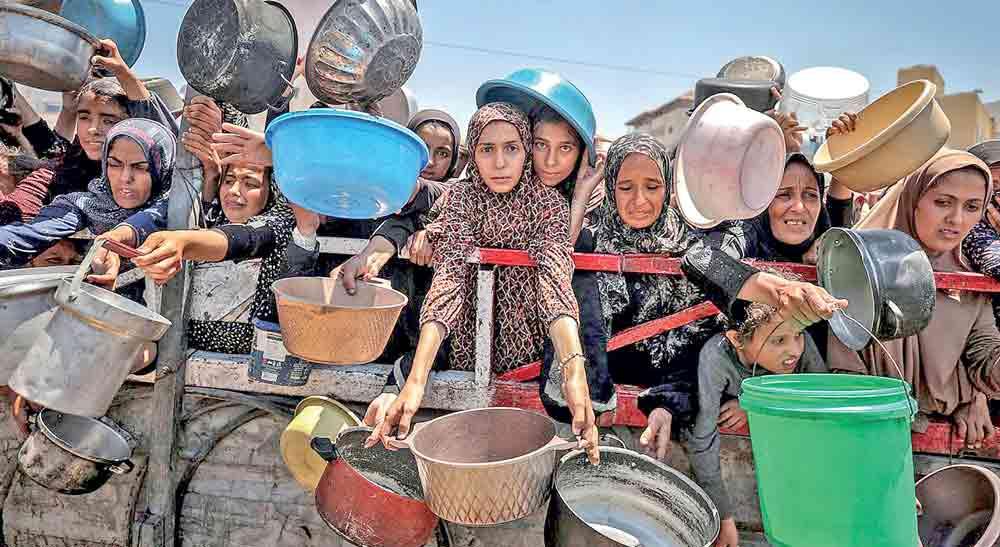
In Gaza the cost of survival has soared beyond imagination. Families face astronomical prices for basic food water fuel and medicine. The economy has collapsed under a tight blockade and insecurity. With widespread inflation and collapsing public services people struggle daily to afford anything that sustains life.
Collapse of Economy and Currency Destruction
Since March 2, 2025, Israel has imposed a near total blockade on Gaza cutting off commercial and humanitarian supplies. That measure triggered price spikes of up to 1400% for staples such as flour and sugar. By April food kitchens and bakeries subsidised by the World Food Programme shut down as flour and fuel ran out. Gaza’s economy has been reduced to barter cash brokers and informal markets after unemployment soared above 80 percent and most banks and ATMs closed. People depend on cash but must use brokers who take commissions of up to 40 percent to convert bank transfers into usable bills. Money itself is virtually worthless in its physical form. Merchants reject badly worn notes, and many people end up paying to tape or repair bills in order to make purchases.
Explosive Inflation on Food and Essentials
Basic food prices have increased catastrophically. A 50 kg sack of flour previously costing around ten dollars now goes for between $300 and $500 depending on area. Rice that cost $3 per kg in February now sells for about $10 and the price of baby formula has quadrupled. A cucumber now costs seven times its prewar price; a can of peas has seen a 1000 percent price surge. Sugar and onions cost up to 60 times more than before the crisis. Water costs have surged as only a fraction of water facilities function. Residents pay up to $8 for a 20-litre jerry can previously priced in cents, while gasoline is reaching $25 per litre in cash markets. Even tomatoes have fetched as much as $180 per kg and sugar $60 per kg in earlier phases of the conflict.
Impact on Households: Desperate Choices and Depleting Savings
For many Gazans these prices make purchasing food impossible. One displaced mother (as reported on Al Jazeera) stated that even for 1000 shekels she could buy only a handful of items at current rates. Former middle-class families are now unable to feed themselves despite using all their savings or selling gold and other valuables. Many households survive by consuming salt water or meal substitutes. Others queue for hours at aid distribution sites only to be turned away or injured. The destruction of cash savings has forced many to barter food or sell belongings to buy essentials through brokers and smugglers.
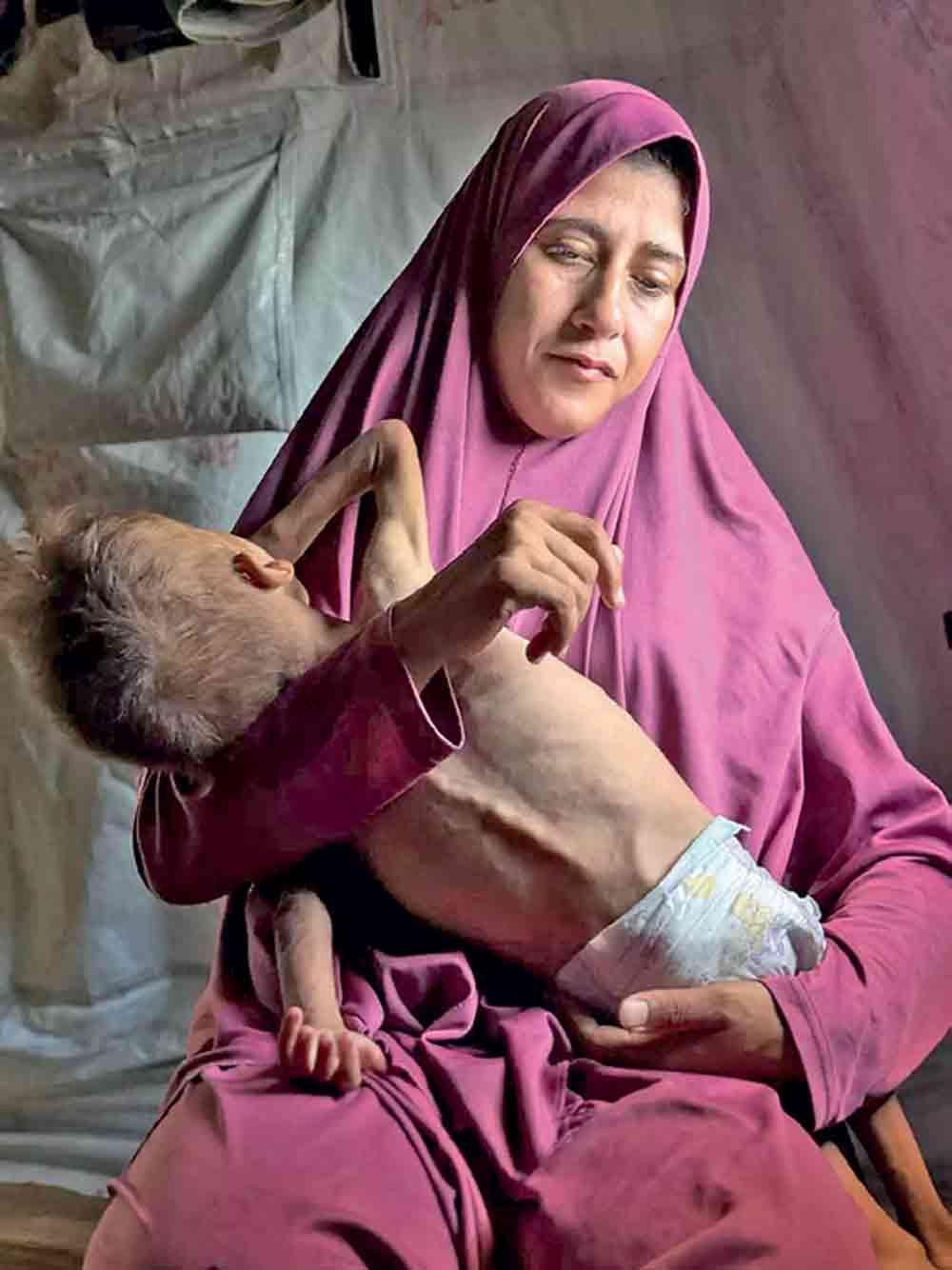
Child Malnutrition and Starvation
Children under five face acute malnutrition at unprecedented levels. As of late July, health authorities confirm at least 147 hunger‑related fatalities including 89 children in recent weeks; the Gaza Health Ministry and aid groups call the crisis man‑made.
Over 100 deaths in July alone are attributed to starvation including infants; case examples such as a six‑week‑old baby highlight the severity. Displaced families in northern Gaza report one in five children with signs of malnutrition including sunken eyes bloated bellies and thinning hair. Wheat flour markets remain closed, and stocks ran out at UN kitchens by mid‑April. Those kitchens, which once fed half the population with a fraction of minimal daily needs, have been forced to close amid shortages.
Human Cost of Accessing Aid
Aid delivery has become deadly. Gaza Humanitarian Foundation centres now replace UN sites but operate under military supervision and often in active conflict zones. Distribution is limited to just a few minutes and thousands have died attempting to access supplies, over 1000 casualties since May alone. At least 41 people were killed in one weekend while seeking aid, including 26 at distribution points. Scenes of civilians overrunning food trucks and stampeding in desperation have become common as aid levels, only 60 to 120 trucks per day, are far below minimum UN‑recommended levels.
Infrastructure Breakdown and Market Collapse
Over 80 percent of Gaza’s infrastructure is damaged or destroyed. About 90 percent of residents have been displaced. Water sanitation electricity communications roads and agricultural systems are shattered leaving thousands unprotected against disease cold and starvation. Agricultural land livestock wells and bakeries have been bombed or shut down. Food production is non-existent. Gaza now imports almost all food if it can be imported at all.
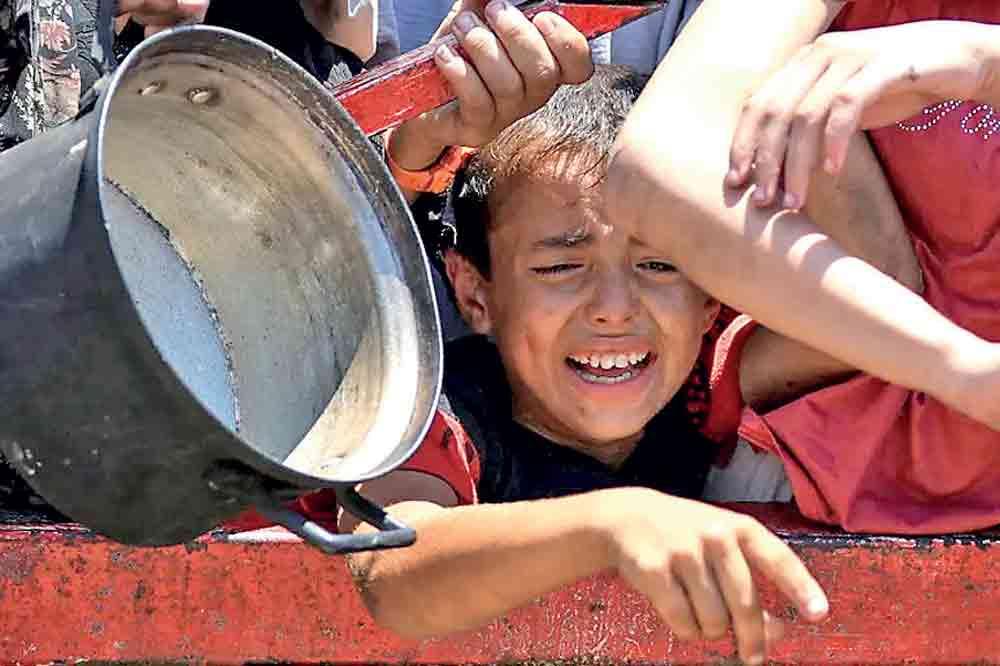
International and Political Faces of the Crisis
UN agencies including WFP, UNICEF and UNRWA warn that nearly half a million Gazans are at risk of starvation and famine‑like conditions if access is not expanded. The joint FAO‑WFP Hunger Hotspots report highlights Gaza as among five global regions in need of urgent assistance. Israeli officials deny that starvation is occurring and blame the United Nations for distribution failures. Israel asserts aid shipments continue and that Hamas steals supplies. International observers and UN bodies reject this explanation stressing that active conflict zones block safe delivery. Several UN officials have condemned Israel’s actions, calling them illegal and intolerable. Some international human rights groups have labelled the crisis genocide while world leaders demand pause in fighting and opening of safe aid corridors.
What Needs to Change
Humanitarian groups argue that restoring UN led distribution and approving 500 to 600 aid trucks per day are essential for survival. United Nations Secretary‑General Antonio Guterres has urged immediate relief and legal accountability for blocking civilian access to food. Ending interference from militarised intermediaries and returning to trusted impartial aid coordination systems can reduce deaths and restore dignity. Without swift action more children will die. Starvation already kills faster than bombs in Gaza.
Real Stories from Gaza
The death of five month old Zainab Abu Halib in Khan Younis has become a heartbreaking symbol of Gaza’s collapsing humanitarian situation. She weighed less than at birth when she died of severe starvation, having lacked access to the specialized baby formula she desperately needed. Medical staff warn that hospitals are overwhelmed, aid remains insufficient, and restrictions by Israeli forces continue to block lifesaving relief. Renad, an 11-year-old girl from Gaza with a popular Instagram account, has become one of the most prominent young voices sharing the reality of life under siege. Her videos have reached global audiences, often showing her surroundings with heartbreaking commentary. “I have lost seven kilos,” she said in a recent post. “They are starving us.” Renad’s face is now thinner. Her eyes look hollow. Yet she continues to post because she believes her voice, though small, might bring awareness.
Conclusion
Gaza is facing not only armed conflict but an economic and humanitarian collapse. The cost of food water medicine fuel toiletries and baby supplies has reached fatal levels. Families barter sell belongings or pay hidden fees to survive one more day. Children are dying of hunger while food trucks lie idling near borders. Unless aid delivery is drastically scaled up distribution made safe and currency access restored this crisis will deepen. Gaza needs more than sympathy. It needs infrastructure repositioned legal frameworks respected and the world to act before the next child perishes from hunger, as opposed to conflict.
